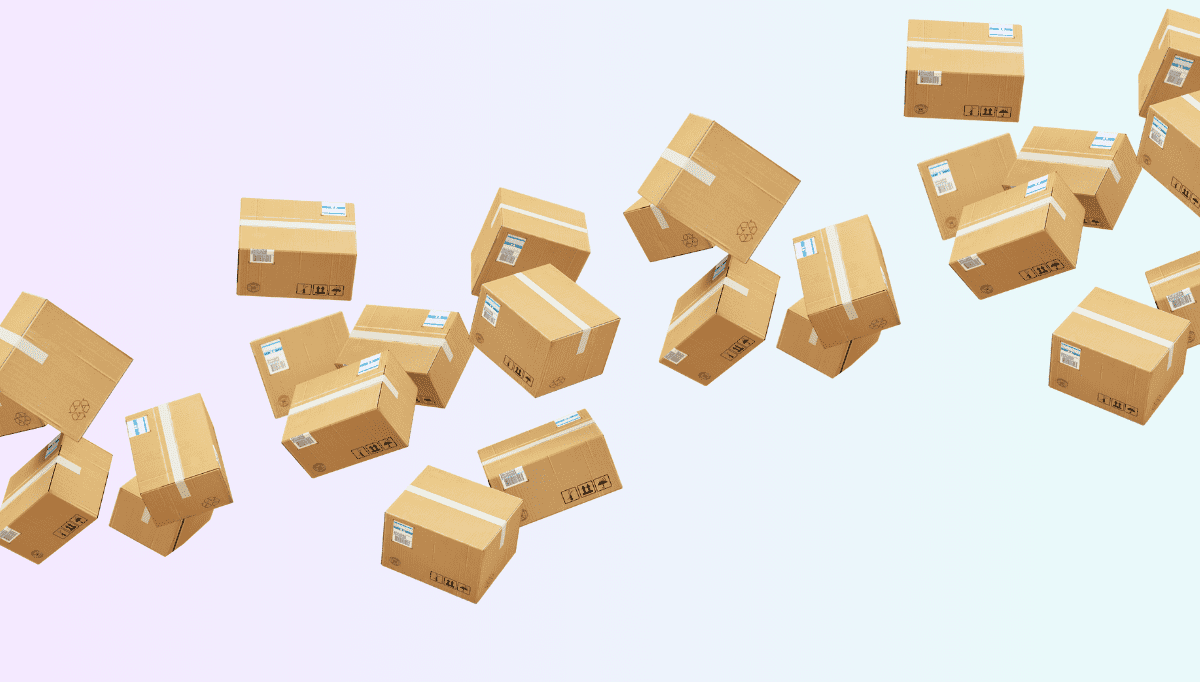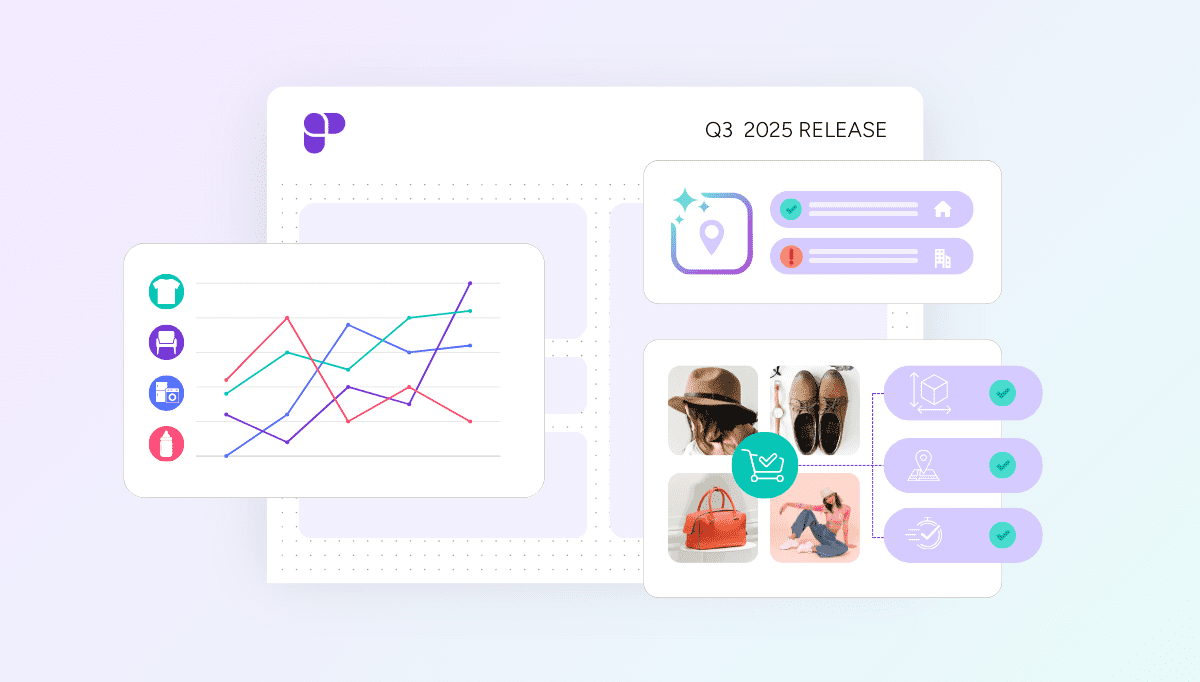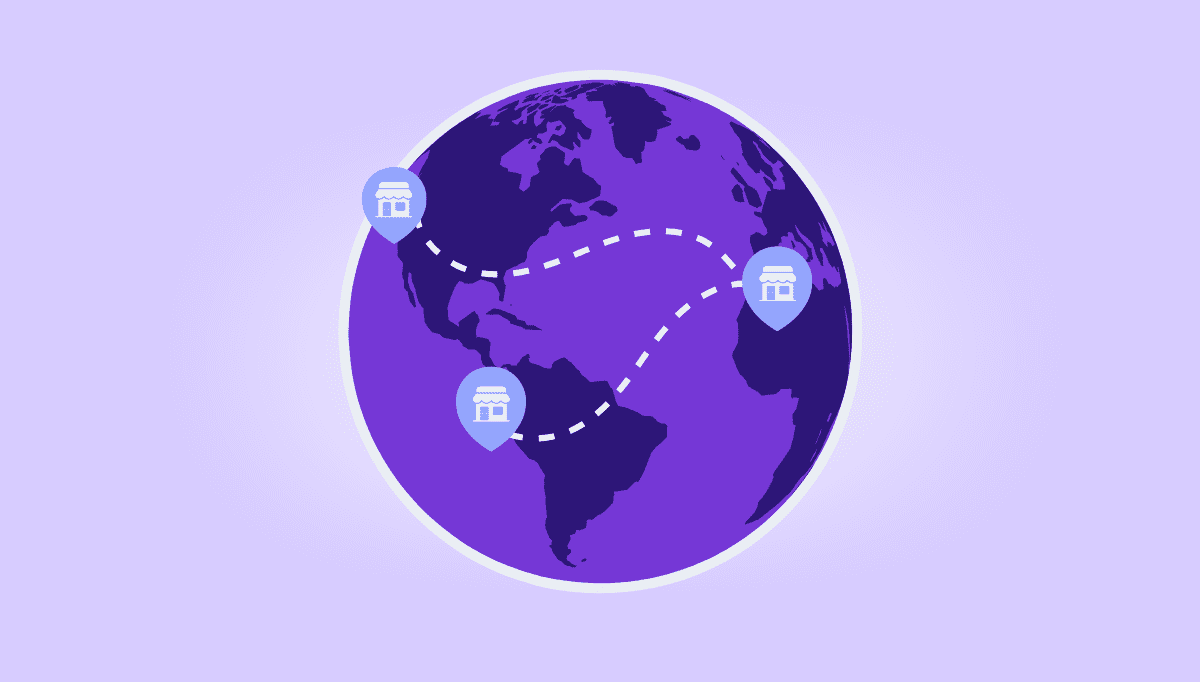During Amazon’s Q1 2025 earnings call, they disclosed a staggering $1 billion hit tied to unresolved customer returns and tariff-related inventory adjustments. This expense had a noticeable impact on Amazon’s operating margins, serving as a stark reminder that no retailer is invulnerable to the financial impacts of inefficient returns process.
Customers don’t always return products because they received the wrong item. Sometimes, they return them because the item was “off.” Perhaps it looked different online than it did in person, or it arrived later than promised. Each time that happens, it costs retailers and brands roughly $30 per return, according to Rithum’s 2025 Global Returns & Profit Impact Report. That adds up quickly. But it can be avoided with the right guardrails in place.
Guardrail: Set clear delivery expectations using high-quality shipping data
When a shopper places an order, they expect it within the timeframe promised at checkout. 54% of consumers cited shipping time as a reason why they decided to buy from an online retailer or brand. Unreliable shipping can lead to disappointment and a negative customer experience—and that consumer will go elsewhere next time.
Delivery Promise helps retailers set accurate delivery dates using AI and supplier, warehouse, and carrier data from Rithum’s network of over 40,000 retailers, brands, and suppliers. Shipping Optimization supports that promise by identifying the most cost-effective and timely ways to fulfill an order without compromising delivery speed. This combination gives customers the reliability they expect. And in the process, our retailers in average have saved up to 10 percent annually on shipping costs.
41% of shoppers say return policies influence where they shop. Nearly half have stopped buying from retailers over a poor returns experience. Better accuracy up front reduces that risk and builds confidence.
Guardrail: Stay ahead of delivery issues by monitoring every order from click to doorstep
Late deliveries often begin with fulfillment or shipping issues. A package might sit too long at a warehouse or move slowly through a carrier network. These delays are sometimes unavoidable. But what can cause the biggest problems for both retailers and consumers alike is when those friction points are not spotted in time.
End-to-End (E2E) Monitoring enables retailers and brands to view each stage of the order process. It helps identify slowdowns before they reach the customer and sends alerts when shipments are at risk of arriving late. Teams can track supplier and carrier performance, uncover trends, and take action earlier.
One national retailer improved its on-time delivery rate from 95% to 99% by using these insights to respond faster. With 60% of global shoppers returning at least one order a year, and more than a third buying multiple items with the intent to return, known as bracketing, staying ahead of fulfillment issues helps protect both the customer experience and retailers and brands’ margins.
Guardrail: Improve product listings with AI-powered categorization and content checks
A third of returns happen because the product didn’t match the listing. AI Magic Mapper helps retailers and brands avoid misleading photos, unclear sizing, or category mismatches. By automating product categorization and listing setup, retailers and brands free up hours of manual labor to just minutes. You can view a side-by-side view of product images, titles, and descriptions, and can quickly refine listings before they go live.
In early testing, AI Magic Mapper achieved 99% accuracy for a fashion brand with over 14,000 products. This feature is especially useful for onboarding to new marketplaces or managing large, frequently changing catalogs.
Shoppers will always want flexibility. But they also want the product to arrive when expected—and to be what they expected. Fix that upstream, and the return never happens. Learn how with Rithum.
Madison Jarvis is Senior Product Marketer at Rithum.




